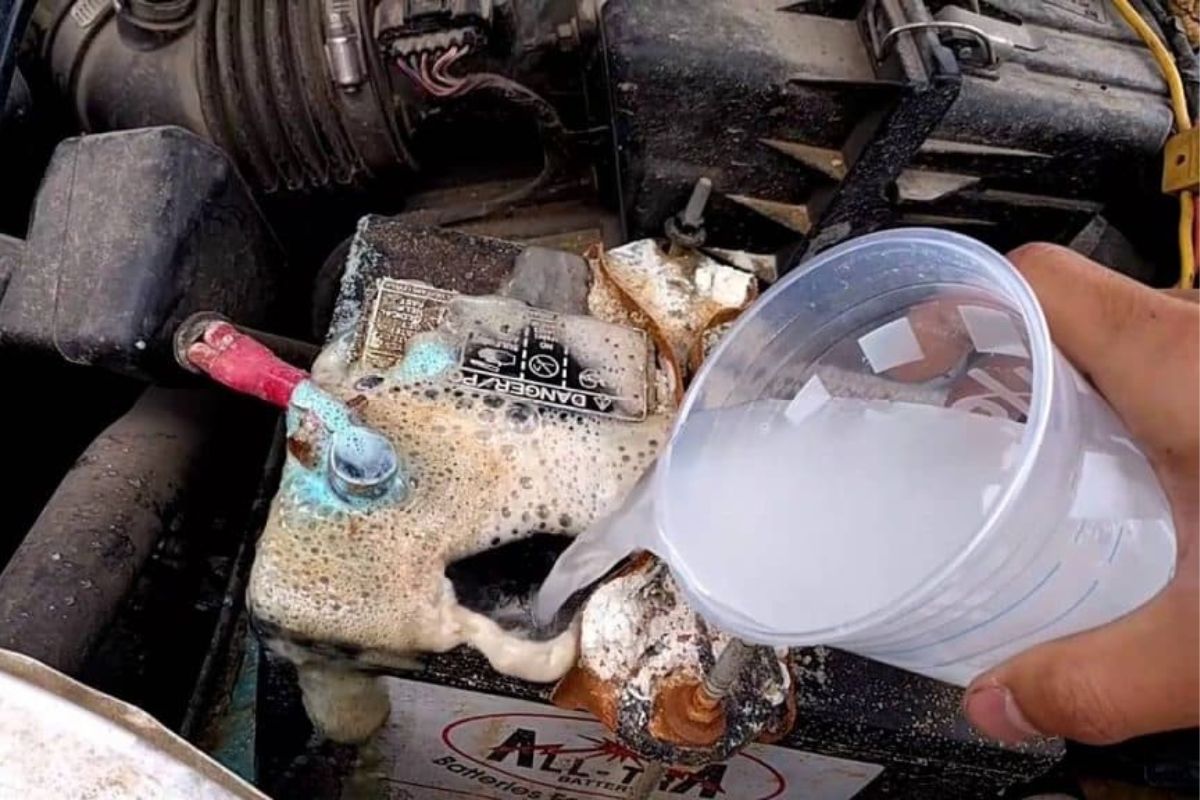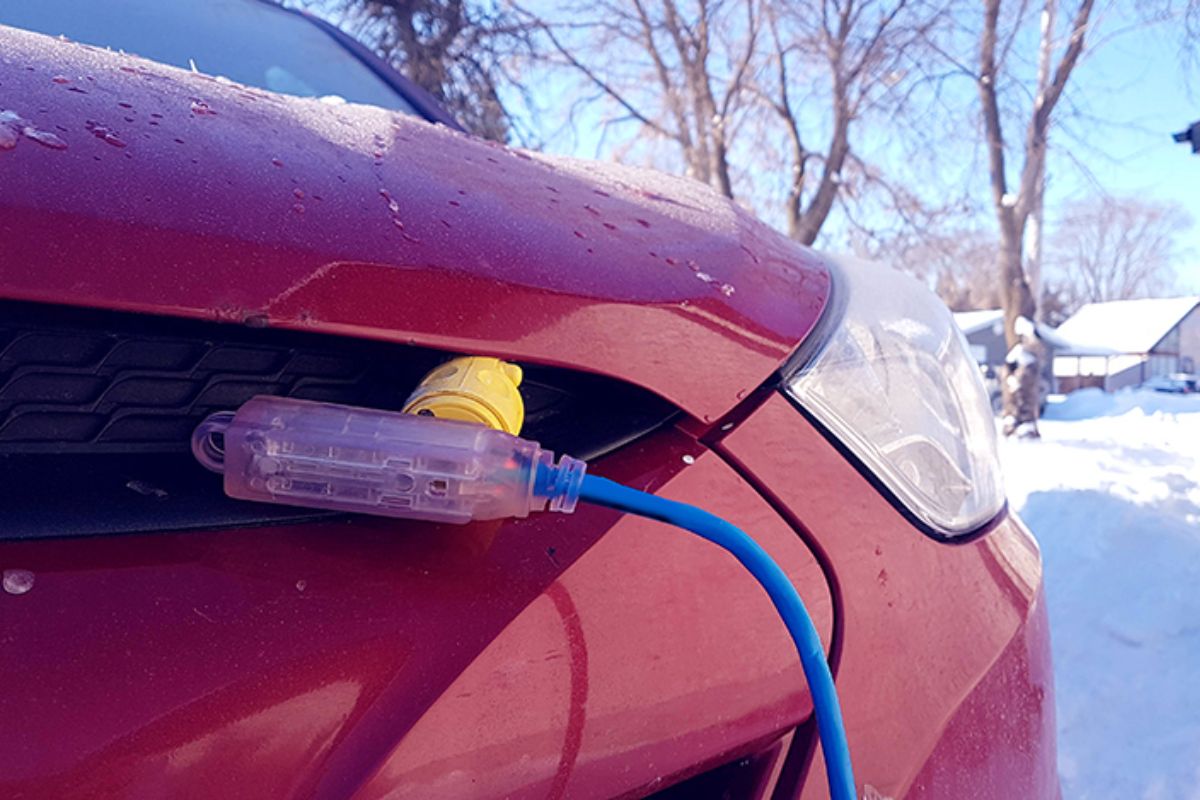As cars continue to become more advanced, their reliance on batteries is increasing. It’s essential that car owners become familiar with some basic car battery maintenance tips that can help them increase battery life and optimize battery performance. While regular car maintenance includes checking the battery, it’s always a good idea to have it checked more frequently, especially if you have any concerns. At Brad’s Car Tunes, we offer a free Battery Health Check service to give you peace of mind and ensure that your battery is functioning optimally. Don’t take the risk of being stranded with a dead battery and expensive towing fees. With just a 10-minute seasonal battery test and some simple car maintenance, you can avoid this hassle and keep your car running smoothly.
Search Terms: Car Battery Maintenance Tips, car battery maintenance distilled water, how to maintain car battery when not in use, ev battery maintenance, car battery maintenance charger, battery maintenance checklist, how to service a car battery at home, car battery maintenance near me, what shortens car battery life
Signs of a Low or Failing Battery
If your headlights appear dim when idling but brighten when the engine is revved, this could indicate a low or failing battery. Another telltale sign is when the starter turns slowly, struggling to start the car. In some cases, alternator wiring issues may prevent the battery from fully charging. If you are experiencing these problems, it is advisable to schedule a service appointment. Additionally, it is recommended to inspect the condition of your fan belt. If it is loose, frayed, cracked, or glazed, it should be serviced or replaced.
A low battery can be attributed to several factors, including:
- Frequent short trips
- Excessive use of accessories
- Aging battery nearing its expected life
To determine the battery’s condition, refer to the purchase date chart on the battery or check for a decal on the battery case indicating its expected life span (e.g., 60 or 84 months). If it is nearing its end, it is advisable to replace it promptly.
Car Battery Maintenance Tips
To maintain an optimal car battery condition, whether you’re regularly driving or keeping your vehicle idle for extended periods, there are several key practices you can adopt.
1/Change every four years
It is important to replace each car battery after four years to ensure proper functioning of the vehicle. Neglecting this maintenance can lead to inconvenient power loss during your journey. Here is some useful advice on how to replace your car battery and ensure a reliable and enjoyable driving experience.
2/Clean the Cables
Start by cleaning the top of the battery and any corrosion from the cables. Use a mixture of a tablespoon of baking soda and a cup of water, along with a non-metallic brush. After cleaning, flush the battery with cool water.
Next, disconnect the cables, starting with the negative one first to prevent arcing. Remember not to pry on the auto battery posts. If you have a side post terminal, use a 5/16-inch box wrench to loosen the cables.
Once the cables are removed, proceed to clean off any corrosion around the auto battery terminals and cables using a post cleaner. Take your time and gently twist the battery cable clamp bolts. Use a cable puller if necessary.
3/Check your car battery’s acid level
Proper car battery maintenance includes regular checks of the acid level, typically every six months. Acid stratification, which occurs when a car battery is frequently undercharged or kept at less than 80% charge, poses a significant risk. The accumulation of electrolytes at the bottom of the battery leads to insufficient charging and discharge, causing potential harm.
To prevent this problem, it is important to ensure all cells are equally filled by regularly monitoring the acid level of your battery. Failure to do so may result in extensive damage to the battery.
Furthermore, if your car is frequently driven short distances and utilizes power-draining accessories, your battery is particularly susceptible to these risks. Take precautions to maintain the well-being of your battery.
4/Do a visual car battery check
For regular vehicle usage, a few simple checks can be performed without removing the battery from your car. Ensure that the battery is undamaged and clean, including any open vents or pipes that should be free from blockages. Additionally, verify that the terminals and hold-down clamp are securely tightened.
When your vehicle is not frequently used or primarily used for short journeys, it is advisable to conduct more frequent battery checks. This is because batteries naturally discharge, and even when the ignition is off, the battery is still utilized to power functions such as the alarm. If the battery level becomes excessively low, it is important to recharge it before it reaches an irreversible state.
5/Check the Level of the Electrolyte (car battery’s water level)
Regularly checking the battery fluid level is recommended whenever your car requires an oil change or every six months. Follow these steps for proper maintenance:
- Gently pry off the covers of the battery cells. The electrolyte, a mixture of water and acid in the battery, should be approximately 1/2-inch deep or fill up to the bottom of the fill hole.
- If the battery plates are fully covered, the water level is sufficient.
- In case the battery plates are exposed, it indicates a low battery fluid level. Immediately refill the battery with distilled water until the plates are fully covered once again.
- Use clean distilled water when adding water to the car battery. Avoid overfilling the cells and carefully examine the battery case for cracks. Replace the battery if you find any cracks.
- Allow the water and electrolyte mixture to mix for a few hours before assessing the condition and charge of the battery after adding battery fluid. Understanding battery insulation is crucial in this process.
- Be cautious while performing these steps and ensure that the cells are filled to cover the plates. A funnel or sports bottle can be useful tools for controlled water flow during water addition.
- Once the water levels are topped up, utilize a battery charger to recharge the battery.
6/Check the Battery Inspection Window
To determine the status of a no-maintenance battery, inspect the sight glass or charge indicator for a green dot. A green dot signifies a healthy car battery. Conversely, if the dot is dark, the battery requires recharging. If the dot appears yellow or is absent (examine closely with a flashlight), it is advisable to replace the battery.
7/Check the Condition and Charge of the Battery
To ensure proper maintenance and performance of your deep cell battery, follow these steps:
- Test the electrolyte in each cell by squeezing the ball on the hydrometer and drawing the solution into the tester.
- Hold the tester level and take note of the reading.
- Return the solution to the same cell.
Please note that the testers are calibrated assuming a battery temperature of 80 degrees. For every 10 degrees above 80, add 0.04 to each reading, and subtract 0.04 for every 10 degrees below 80. If you come across a cell reading that differs by 0.05 or more from the others, it is recommended to replace the battery. A fully charged battery should have a reading of 1.265 or higher.
If all the readings indicate fair or low levels (1.200 is considered low), but remain consistent, it is advisable to charge the battery.
8/Check the Battery Tray
Before beginning, ensure safety by following these steps to remove the car battery:
- Start by taking off the battery hold-down clamp.
- Disconnect the battery starting with the negative cable, then the positive one.
- Gently lift the battery out using the handle or a heavy-duty strap attached to the ears on the side. (Remember to be cautious, as battery acid is hazardous. Avoid dropping it.)
After removing the battery, clean the battery tray and consider replacing it if significant corrosion is present. It’s important to provide solid support due to the weight of batteries.
Note: Always prioritize safety by wearing eye protection and gloves when working with batteries, and never smoke in their vicinity.
9/Conduct a battery load test
To ensure comprehensive car battery maintenance, it is recommended to conduct a battery load test on a monthly basis. This test can be performed by a qualified mechanic. The purpose of this car battery service is to ensure optimal charging capabilities, even in freezing temperatures.
10/Clean your car battery
Regular cleaning of your car battery is crucial to prevent long-term damage caused by dirt and debris accumulation, as well as corrosion of metal elements like the battery terminals.
Every few months, you can either create your own cleaning solution using baking soda and water, or use our dedicated Electrical Contact Cleaner along with a wire brush to effectively remove crust and corrosion from the battery. After cleaning, be sure to wipe off any residue from the cleaning fluid to avoid any potential damage to the battery ports.

11/Don’t leave your car for too long
To prevent battery drainage, it is recommended to drive your vehicle at least once every three days. Leaving your car idle for an extended period without driving can lead to battery depletion.
12/Keep the battery warm
During winter, cold weather adversely affects the battery, highlighting the importance of keeping it warm. To ensure the vehicle remains operational in low temperatures, experts often recommend using an engine or battery heater. These devices not only make it easier to start the battery but also minimize power consumption, aiding in the efficient functioning of the vehicle.

13/Use a Battery Maintainer
Batteries can lose their charge if left idle for extended periods, rendering them worthless. To maintain battery health, it is recommended to charge them every six weeks.
However, continuously connecting a standard battery charger throughout the season is not advisable as it can overcharge the battery, shortening its lifespan. Instead, consider investing in a battery maintainer.
A battery maintainer monitors the battery voltage and adjusts the charge automatically, ensuring optimal charging without the risk of under- or over-charging the battery.
14/Connect a New Battery
When installing a new battery, follow these steps for a smooth process and long-lasting performance:
- Carefully lift the new battery into place.
- Connect the hold-down clamp.
- Connect the cable to the positive terminal first and the negative terminal last (for negative ground systems).
- Prior to fastening the cable clamps to the posts, apply a small amount of petroleum jelly onto the terminal. This will help slow down corrosion.
- Keep in mind that most batteries are at least 75 percent charged upon purchase, allowing you to start your car and drive right away.
- However, it is advisable to check with your supplier to determine if your new battery requires charging before use.
- Remember to always replace the car battery with one that has a higher rating than the original for optimal performance.
Related Post
- How To Clean Corroded Battery Terminals
- How to fix a dead car battery?
- How Long Does A Car Battery Last Without Driving?
- Symptoms Of Loose Battery Cables


I’m Timothy Ballard, owner of a used car dealership in Springfield. I love just about everything automotive, but I have a special place in my heart for trucks. I’m an ASE Certified Master Technician, so I know my way around a car. In my spare time, I enjoy traveling with my family and hiking new trails.

Here are some expert tips to maximize the lifespan of your car battery and ensure its optimal performance:
1/Limit short rides to reduce strain on the battery.
2/Keep your battery tightly fastened for stability and prevent vibrations.
3/Always turn off all lights when exiting your vehicle to conserve battery power.
4/Regularly check for and control corrosion on the battery terminals.
5/Test your battery frequently to monitor its health and detect early warning signs.
6/Avoid using electronics while idling to minimize battery drain.
7/Take comprehensive care of your entire vehicle, including the battery, to promote longevity and reliability.